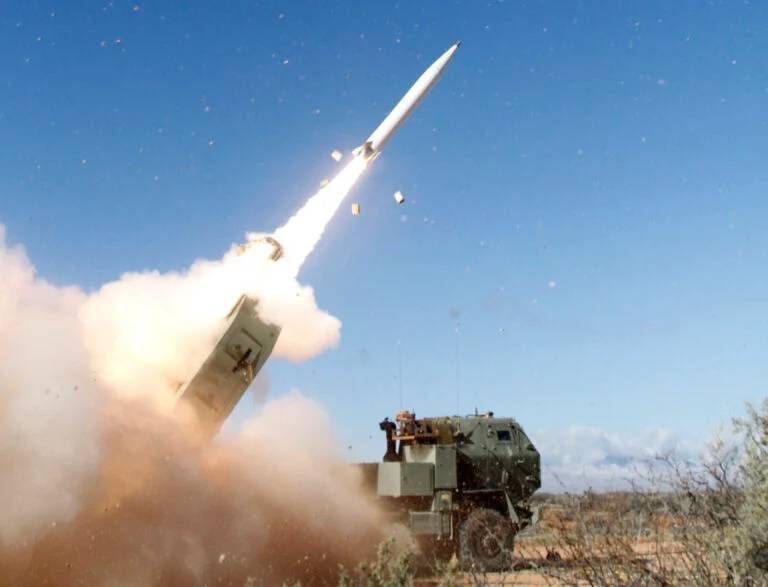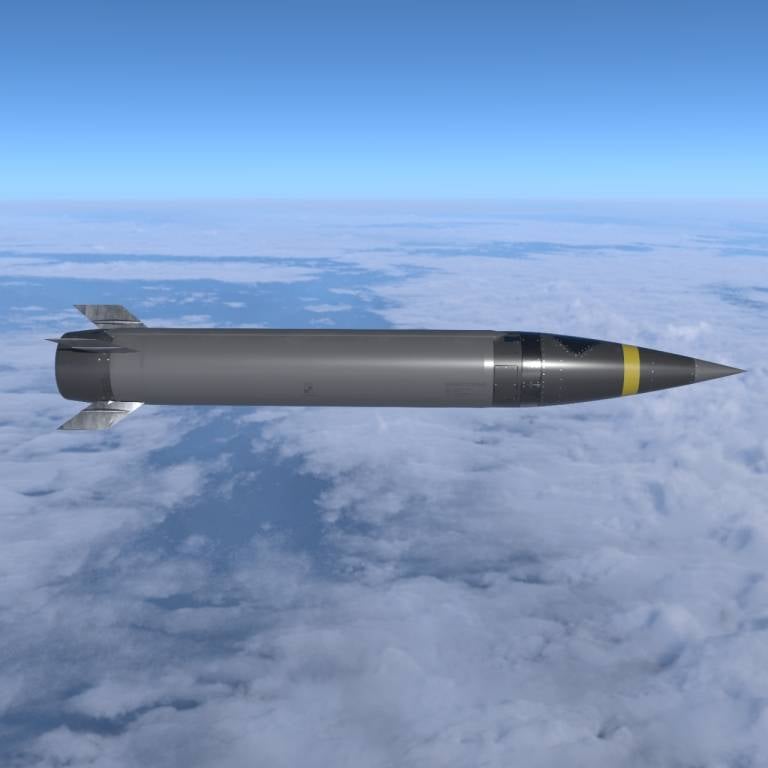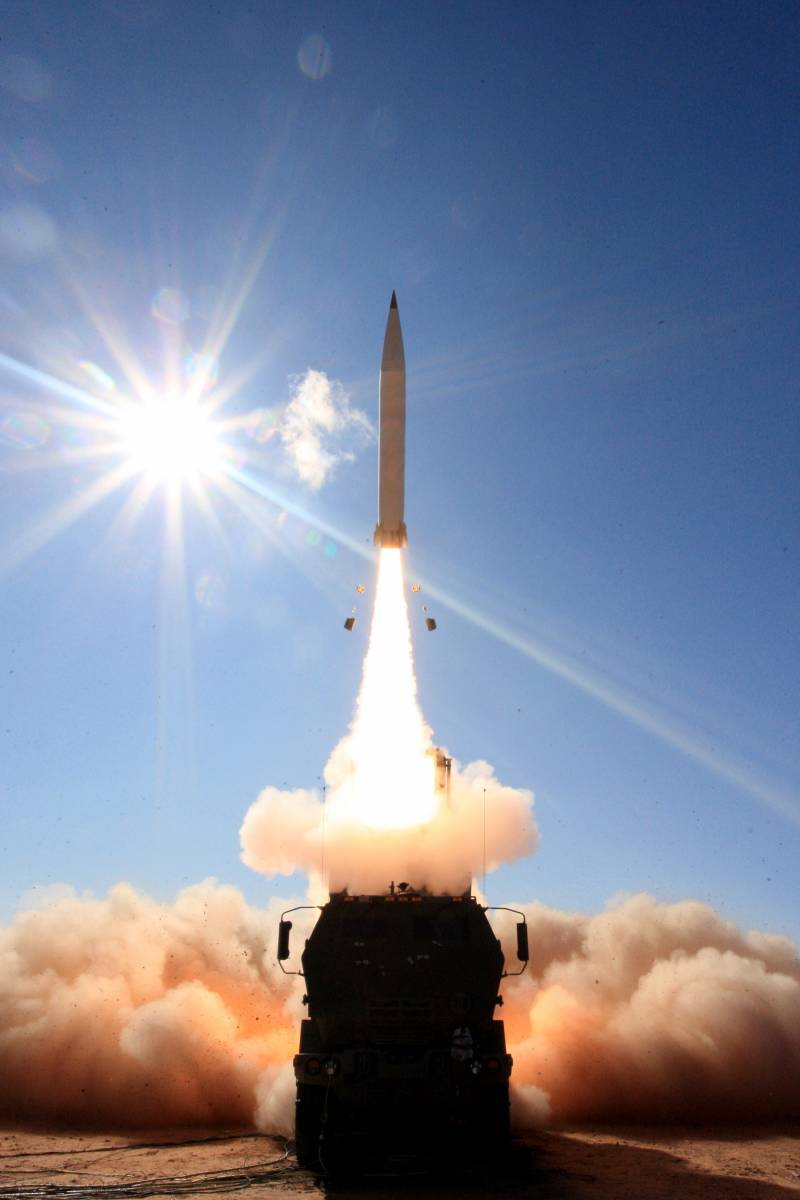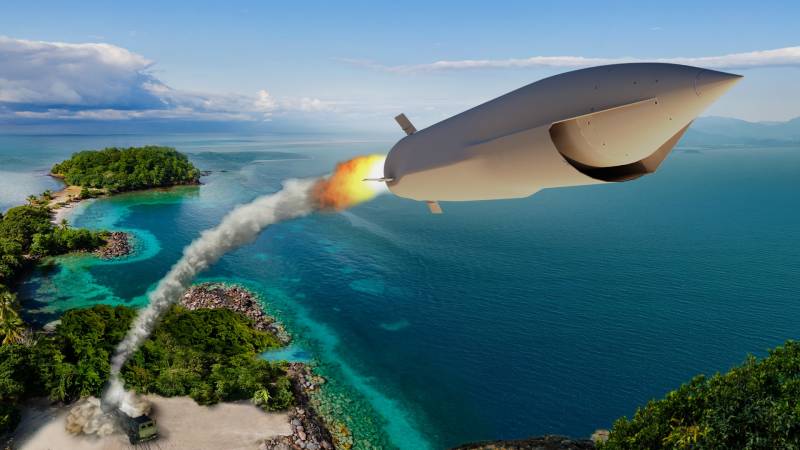PrSM missile at a new stage of testing

First test launch of the PrSM rocket, 2019
At the request of the US Army, Lockheed Martin has developed a promising operational-tactical missile. Now pre-production products of this type are undergoing flight tests and demonstrating their characteristics and capabilities. Not long ago, another test launch took place, during which they worked out a solution to one of the specific problems. All such events contribute to the speedy adoption of the missile into service and the start of its operation among the troops.
At the test stage
The Precision Strike Missile (PrSM) program was launched at the initiative of the Pentagon in 2016. Its first competitive stage lasted until 2020. By this time, program participants had developed their own versions of the promising missile and even conducted the first tests. The project from Lockheed Martin was considered the most successful, and since 2020 it has been the lead contractor.
The first flight test of the PrSM rocket from Lockheed Martin took place in December 2019. Subsequently, several more similar events were carried out with certain features. Thus, in June 2020, a missile with a multi-mode guidance system was tested for the first time, and since May 2021, launches have been carried out to the maximum design range or even exceeding it.
To date, the PrSM project has passed the stage of factory testing, development and refinement of the design. Based on the results of these events, it was brought to the next stage of qualification tests, on which the adoption of the product into service depends. In addition, the development company has established pre-production production of missiles, and the customer has already given it three contracts for products for testing and deployment in the army as part of “Early Operational Capability”.
Minimum range
On November 16, Lockheed Martin announced the first test launch of the PrSM missile as part of qualification tests. The event took place at the White Sands Missile Range in the state. New Mexico. The serial launcher M142 HIMARS with the necessary software and hardware was used as a platform for the experimental product.

In accordance with the test program, the combat crew of the installation launched the rocket, so it left the transport and launch container and entered the calculated trajectory. The PrSM product attacked the target at a reduced range. The exact value of this parameter is not disclosed, but it is stated that this was the shortest flight in the entire test program.
A press release from Lockheed Martin notes that shooting at targets at the shortest possible ranges is not the main way to use the PrSM missile. At the same time, such tasks also need to be worked out, because... flying to the minimum range presents a certain difficulty. In this case, the missile operates in dynamic and stressful conditions and must actively maneuver at hypersonic speed to successfully hit a target. During the launch, the experimental PrSM demonstrated the necessary structural strength and high performance of the guidance system.
Plans for the future
Lockheed Martin clarifies that the recent launch is the first in the framework of qualification tests. In the near future, it is planned to conduct several more similar shootings in order to clarify the basic data. Moreover, each new launch of pre-production PrSM brings the complex closer to deployment in the military.
The timing of the next launches and qualification tests in general has not been announced. At the same time, it is clarified that missiles of “early operational capabilities” can be transferred to the customer before the end of the year, i.e. over the next few weeks. It is quite possible that a new stage of testing will also take place during this period. The current state of the project and the new rocket makes it possible to avoid lengthy and complex preparations for each new launch.
According to the current plans of the Pentagon and Lockheed Martin, the first pre-production batch of new PrSM missiles may arrive in combat units of the ground forces before the end of this year, and military personnel will begin to master such weapons. At the same time, full-fledged mass production and deployment of new products will begin only in 2024-25. Achieving initial operational readiness is planned for 2025.

It is reported that the PrSM program, despite past organizational difficulties, is moving forward successfully and is on schedule. There is reason to believe that this situation will continue in the future, and the US Army missile forces will actually begin to switch to new weapons in a couple of years. However, the emergence of unforeseen difficulties and negative factors should not be ruled out.
Technical aspects
Initially, the goal of the PrSM project was to create a new operational-tactical missile for the M270 MLRS and M142 HIMARS complexes, capable of replacing existing ATACMS family products. Subsequently, the PrSM concept was developed, and now we are actually talking about a family of missile weapons, including several models with different characteristics and capabilities.
The first version of PrSM is a solid-fuel rocket of a traditional design, made in a cylindrical body 4 m long and 430 mm in diameter. For compatibility with existing launchers, the missile is placed in a two-seat unified transport and launch container. From the point of view of loading onto the launcher and use, PrSM is not fundamentally different from other missiles for MLRS and HIMARS.
The basic version of PrSM receives guidance systems based on autopilot, satellite and inertial navigation. The stated possibility of obtaining a CEP of no more than a few meters at any firing range. As a foundation for the future, a multi-channel seeker with the ability to search and track a target was developed and tested.
The minimum flight range of the missile is determined to be 60 km. The maximum was initially limited to 500 km, because the development of the project started before the collapse of the INF Treaty. Now it is planned to develop an improved version of PrSM with a new propulsion system, which will give a range of about 700-800 km. The PrSM Increment 4 or Long-Range Maneuverable Fires project has been announced, in which the missile can be radically rebuilt to achieve a range of more than 1000 km.

Estimated appearance of the PrSM Increment 4 missile with increased flight range
The existing Increment 1 version of the rocket carries a payload weighing 91 kg. Monobloc high-explosive fragmentation and cluster warheads have been developed. In the future, the development of new warheads of other types and with other characteristics is not excluded.
Long wait
The PrSM program is moving forward and is gradually achieving all its goals. To date, it has been brought to the stage of qualification tests, which precede adoption, full-scale serial production and deployment of weapons in the army. The customer and the project implementer are optimistic about the future and assume that the army will receive the desired missiles within the established time frame.
However, in general, the situation has its own characteristics and raises questions. First of all, pay attention to the timing of the work. The PrSM program was launched back in 2016, and full adoption of the missile into service is expected only in 2025 - after nine years of work. In this case, we are talking about the simplest version of the rocket. Creating the following modifications, including deeply modernized ones, will again take a lot of time.
Thus, in general, the PrSM program looks ambiguous, although there are no reasons for open pessimism. Lockheed Martin continues work and takes the project to a new stage, and the Pentagon is preparing to master new things weapon. Apparently, they believe that the advantages of the new rocket will be able to completely cover all the financial and time costs.
Information